________________________________________________________________________________
Compact Track Loaders / John Deere Compact Track Loaders / John Deere 331GJohn Deere 331G Track Loader Troubleshooting

The John Deere 331G compact track loader driveline system components: a 186.3 cu.in (3.1L) Yanmar 4TNV94FHT 4-cylinder turbocharged diesel engine with a rated power of 91.2 hp (68 kW), and 2-speed transmission. The hydraulic system has a pump with a rated capacity of 23.5 gpm (89 lpm). The system pressure is 3450 psi (238 bar). The John Deere 331G is equipped with high drive planetary reduction gearbox, rubber tracks with steel inserts, and hydraulic wet disc brakes. The loader has a boom lift force of 7000 lbs (3175 kg) and bucket breakout force of 9350 lbs (4240 kg). The rated operating capacity is 3100 lbs (1407 kg), and tipping load is 8857 lbs (4020 kg).
Engine Troubleshooting
Engine difficult to start or won't start
Air in the fuel pipes - Bleed the fuel pipes.
Fuel filter element clogging - Filter maintenance required.
Damaged or dirty injection nozzles - Clean or replace injection nozzles.
Water in the fuel system - Change fuel and repair fuel system.
The valve clearance is not adjusted - Need to adjust valve clearance.
Fuel injection pump is defective - Replacement or repair required.
Diesel starts and then shuts off
Air filter is dirty - Service or replace the air filter.
Fuel filter element clogging - Replace the filter element.
Fuel injection pump has loose connections - Tighten the connections.
Defective or clogged fuel injectors - Replace or clean fuel injectors.
Fuel injection pump damage - Replacement or repair required.
Engine shuts off suddenly while running
Engine is not warmed up to the required temperature - Warm up the engine.
Fuel filter plugging - Change the filter element.
Air in the fuel lines - Bleed the fuel lines.
Defective or clogged injection nozzle - Install a new kit of correctly balanced nozzles.
Improper fuel injection timing - Set up as recommended.
Engine stops when idle
Wrong adjustment of low idle speed - Test and adjust.
Fuel injection pump is faulty - Change or repair the pump.
Clogged or defective injectors - Inspect fuel injectors and change as required.
Incorrect valve clearance - Adjust to proper valve clearance.
Diesel engine is losing power
Plugged air filter - Install new air filter element.
Clogged or defective injection nozzles - Install a new kit of correctly balanced nozzles.
Fuel injection pressure is incorrect - Adjust to correct pressure.
Improper valve clearance - Check and adjust.
Too low idle RPM - Need to adjust idle speed.
Fuel hoses or lines are dirty - Fuel lines and hoses need to be cleaned.
Blown cylinder head gasket - Change cylinder head gasket.
Piston rings are worn or defective - Change piston rings.
Engine overheating
Low engine coolant - Add coolant fluid to cooling system and also check it for leaks.
Engine oil level is low - Need to add engine oil.
Dirty radiator fins or defective radiator cap - Replace cap or clean radiator.
Loose or damaged fan belt - Change the fan belt.
Engine overload - Load reducing is recommended.
Insufficient oil pressure
Engine oil level low - Check and refill the oil.
Dirty oil filter element - Change or clean engine oil filter element.
Oil grade or viscosity is incorrect - Drain and refill with oil of correct grade and viscosity.
Incorrect crankshaft bearing oil clearance - Bearing needs to be changed.
Worn oil pump - Remove and inspect oil pump.
Engine knocking sound or abnormal noise
Engine oil level is low - Fill up the engine oil.
Engine is not preheated - Warm up the engine.
Improper setting of fuel injection pump timing - Use the correct fuel injection pump timing adjustment.
Too low idle RPM - Adjust the low idle speed.
Dirty or defective injectors - Clean fuel injectors or change it.
Connecting rod is worn or not aligned - Replace or align connecting rod.
Broken or worn pistons - Pistons need to be replaced.
Machine will not move forward or backward
Hydraulic oil is insufficient - Need to add oil.
Undercarriage tracks are blocked or damaged - Repair or correct blockage.
Relief valve is not working correctly - Service or change relief valve.
Suction line or hydraulic filter is plugged - Check, clean, or change if necessary.
Faulty hand or foot controls - Inspect and repair if necessary.
Drive pump or motor is damaged - Inspect and change as required.
Machine does not drive straight or drives jerky
Undercarriage tracks are jammed or defective - Remedy jamming or repair tracks.
Tracks are loose or faulty - Adjust track tension as required or replace tracks.
Undercarriage track frame is plugged with dirt or debris - Clean undercarriage track frame.
Low power
Plugged hydraulic oil filter - Replace hydraulic filter.
Open or faulty relief valve - Change or close relief valve.
Worn or defective transmission parts - Inspect and replace defective parts.
Worn input drive shaft - Change or repair faulty drive shaft.
Air leaks in hydraulic system - Bleed air from system.
Drive system overheating
Hydraulic oil is insufficient - Fill the system to proper hydraulic oil level.
Hydraulic fluid filter is dirty - Replace or service hydraulic filter.
Relief valve is defective - Change or repair relief valve.
Hydraulic motor or drive pump failure - Inspect and change as required.
Dirty oil cooler - Cooling fins need to be cleaned.
Overloaded drive system - Reduce loading.
Drive system makes excessive noise
Incorrect oil viscosity - Use the specified type of oil.
Air trapped in hydraulic system - Bleed hydraulic system.
Defective drive pump or hydraulic motor - Inspect and replace as necessary.
Mechanical components of drive system are damaged or worn - Inspect the parts and repair as needed.
Hydraulic system overheating
Hydraulic pressure incorrectly adjusted - Correct setting is required.
Main relief valve improper adjustment or failure - Adjust the valve or replace if necessary.
Contaminated hydraulic oil - Change hydraulic oil.
Lack of hydraulic fluid - Check and refill the hydraulic fluid.
Defective hydraulic pump - Change or repair hydraulic pump if required.
Boom does not raise or lower
Lift controls failure - Change or repair.
Hydraulic pump failure - Repair or install new hydraulic pump.
Hydraulic control valve is defective - Repair or replace the valve.
Hydraulic cylinder is faulty - Repair or replace hydraulic cylinder.
Hydraulic fluid is insufficient - Checking hydraulic fluid level and add if necessary.
Bucket does not function
Bucket controls failure - Repair or replace.
Damaged hydraulic oil pump - Repair or change pump if required.
Damaged hydraulic control valve - Replace or repair the valve.
Broken bucket cylinder - Install a new cylinder or repair it.
Low hydraulic fluid level - Add fluid as required.
Bucket or lift arm moves slowly
Faulty hydraulic oil pump - Test the pump flow rate and install new pump if required.
Oil leaks from hydraulic cylinder - Repair leak by replacing the seals.
Hydraulic oil level low - Check and refill the hydraulic oil.
Damaged or incorrect adjusted hydraulic control valve - Adjust correctly or repair.
Hydraulic pressure is low - Correct setting is required.
Jerky operation of the bucket or boom
Hydraulic system is leaking air - Bleed hydraulic system.
Dirty hydraulic oil filter - Clean or replace the filter.
Hydraulic fluid is contaminated - Change hydraulic fluid.
Cylinder rod or tube is scratched - Replace failed component.
Hydraulic pump is noisy
Hydraulic system leaking or not enough oil - Remedy hydraulic leakage or refill oil as necessary.
Hydraulic filter is dirty - Service or change hydraulic filter.
Dirty suction line - Service the suction line.
Air in hydraulic pump - Air bleeding is required.
Pump parts are faulty - Rebuild or install new pump.
Battery does not charge
Corroded or loose wire connections - Service or tighten connections.
Defective electrical terminal connectors - Replace terminal connectors.
Battery is worn - Install a new battery.
Worn or loose belt - Adjust belt tension or change the belt.
Starter motor turns slow
Low battery capacity - Recharge the battery.
Battery drains quickly - Service charging system or install new battery.
Disconnected wiring or bad battery terminals - Check cables and service or change terminals.
Starter is not cranking
Battery is drained or defective - Replace or charge as required.
Battery wires are disconnected or incorrectly connected - Check wires and connect correctly.
Low battery output voltage - Battery needs to be recharged.
Starter motor is damaged - Repair or change starter.
________________________________________________________________________________
| BOBCAT SKID STEER AND COMPACT TRACK LOADERS |
________________________________________________________________________________________
________________________________________________________________________________________
________________________________________________________________________________________
| GEHL SKID STEER AND COMPACT TRACK LOADERS |
________________________________________________________________________________________
________________________________________________________________________________________
________________________________________________________________________________________
| CASE SKID STEER AND COMPACT TRACK LOADERS |
________________________________________________________________________________________
________________________________________________________________________________________
________________________________________________________________________________________
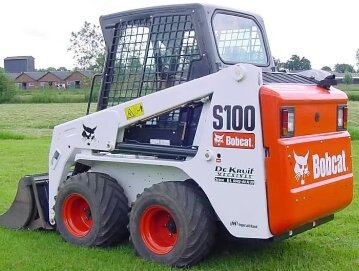 S100
S100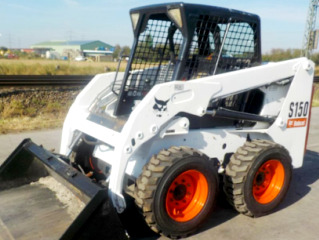 S150
S150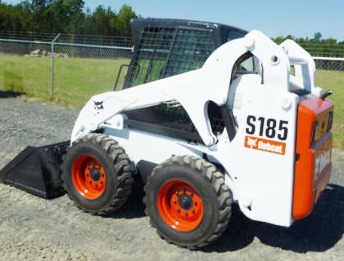 S185
S185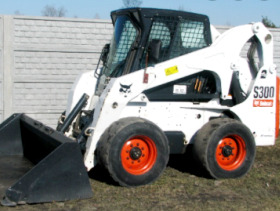 S300
S300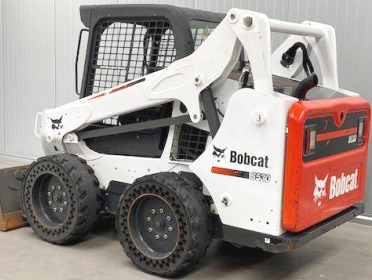 S530
S530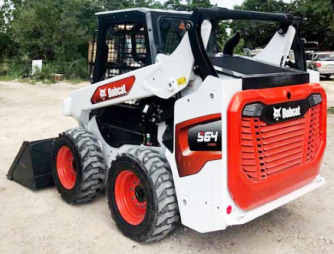 S64
S64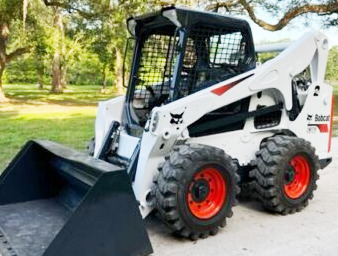 S740
S740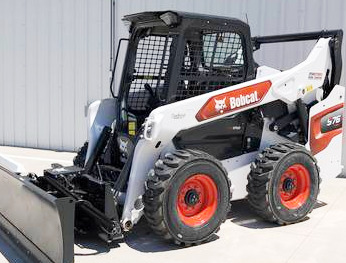 S76
S76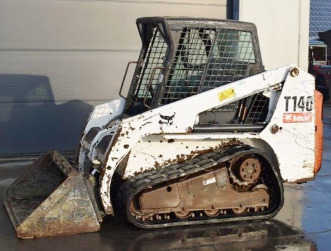 T140
T140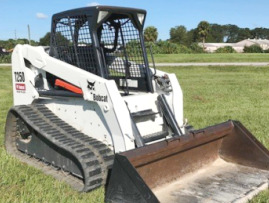 T250
T250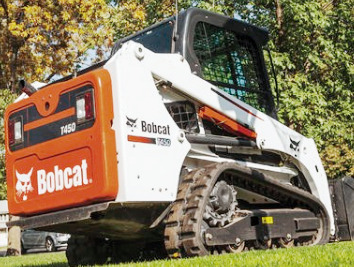 T450
T450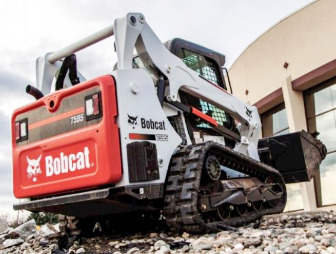 T595
T595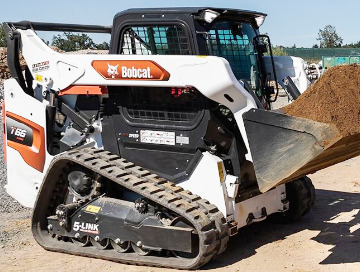 T66
T66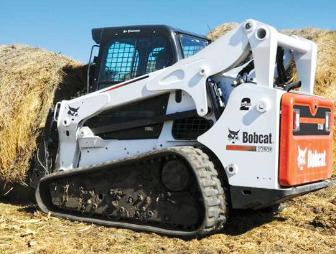 T750
T750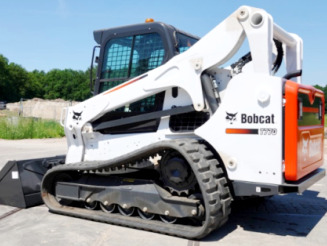 T770
T770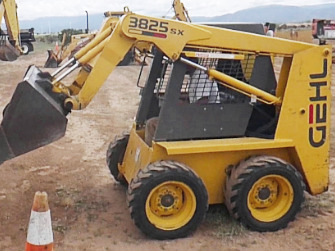 3825SX
3825SX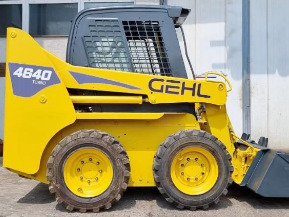 4640
4640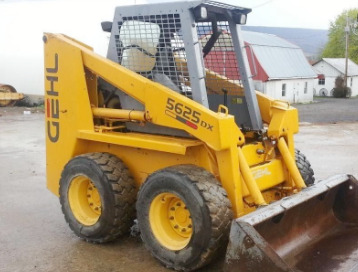 5625DX
5625DX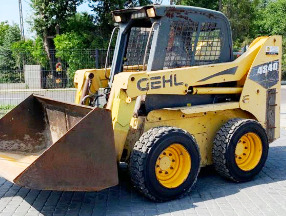 4840E
4840E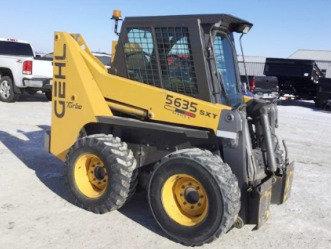 5635SXT
5635SXT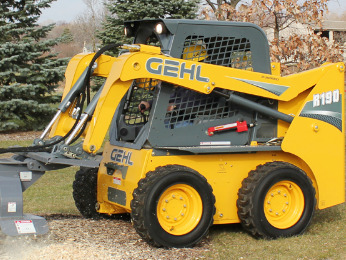 R190
R190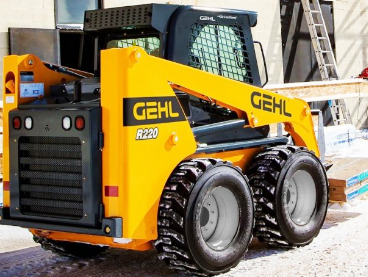 R220
R220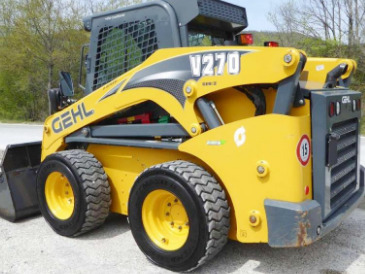 V270
V270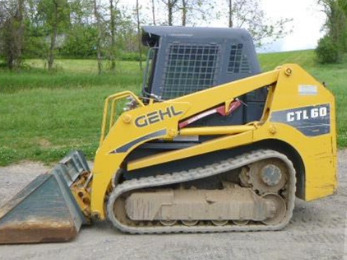 CTL60
CTL60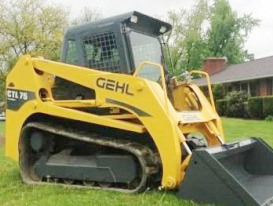 CTL75
CTL75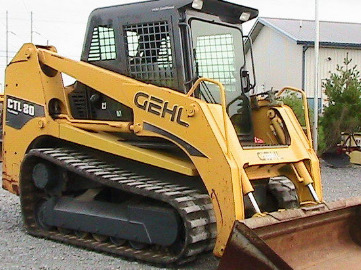 CTL80
CTL80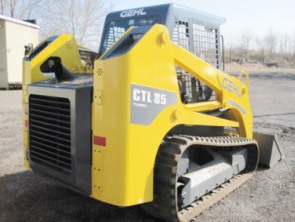 CTL85
CTL85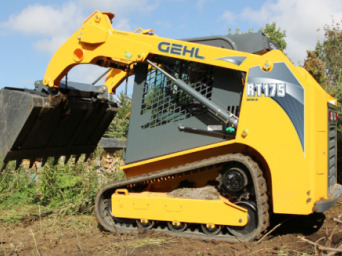 RT175
RT175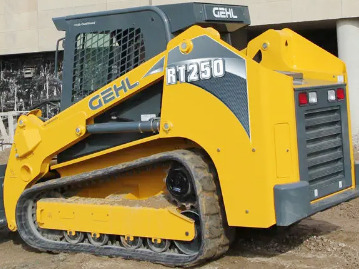 RT251
RT251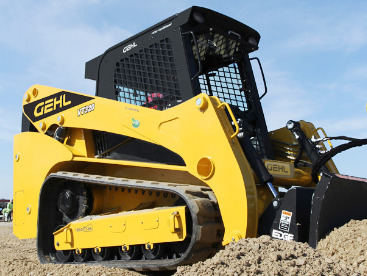 VT320
VT320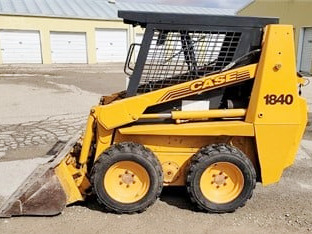 1840
1840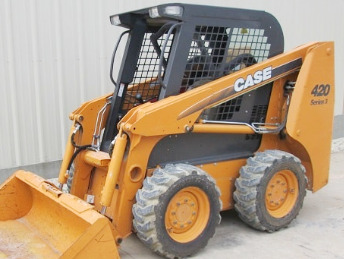 420
420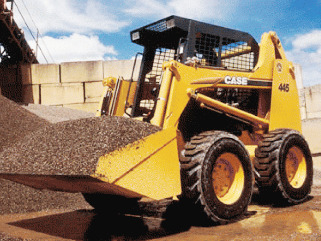 445
445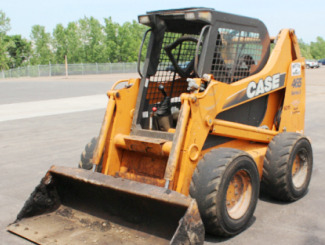 465
465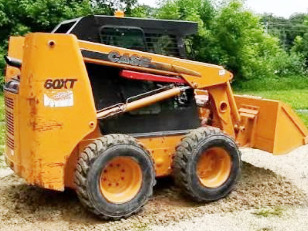 60XT
60XT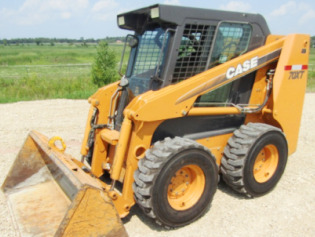 70XT
70XT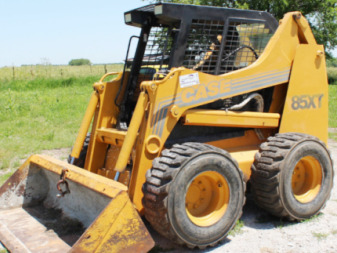 85XT
85XT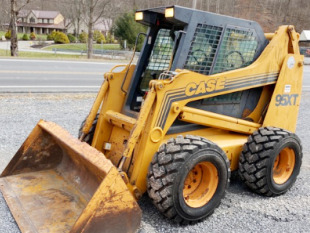 95XT
95XT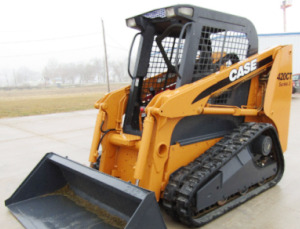 420CT
420CT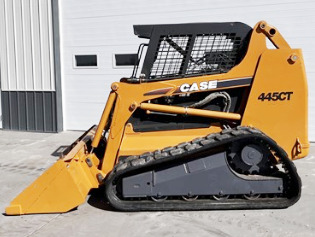 445CT
445CT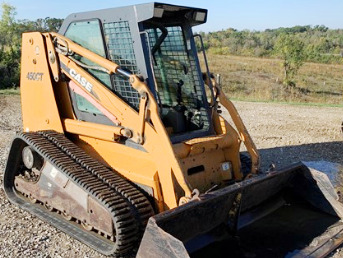 450CT
450CT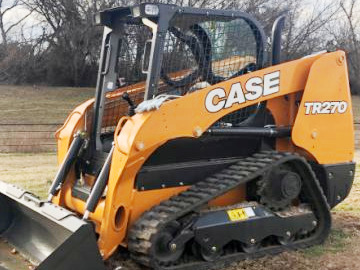 TR270
TR270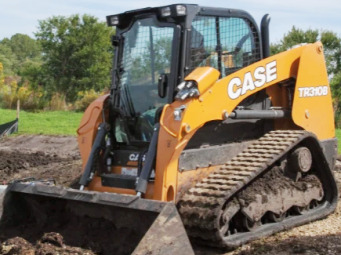 TR310B
TR310B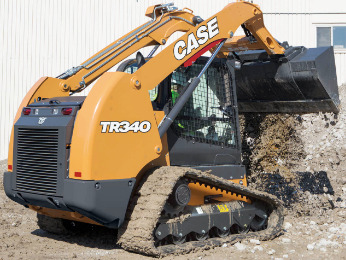 TR340
TR340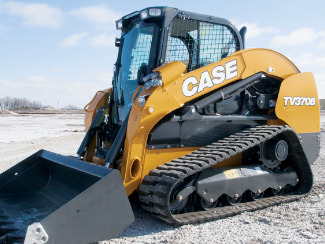 TV370B
TV370B